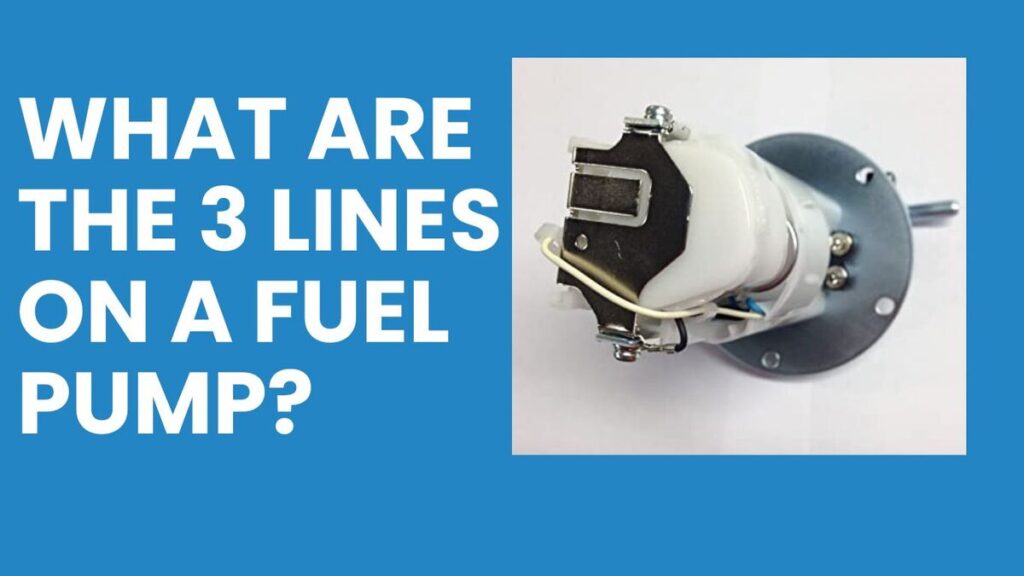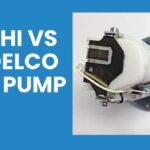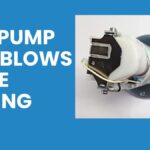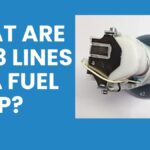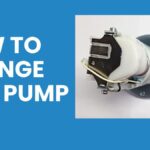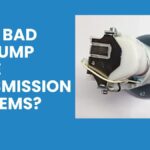From time to time, you need to change your car’s fuel pump due to multiple reasons. But the problem arises when reinstalling or replacing it entirely. This will be more overwhelming when it comes to a newbie or first-timer. There are 3 lines or hoses coming during fuel pump installation that get stuck and wondering what are the 3 lines on a fuel pump.
The 3 lines indicate 3 different hoses or items that every car owner should understand. These three lines are a return hose or vapor return line, a supply hose, and an overflow or vent line. All three lines are crucial to delivering different necessary objects to the engine or other parts.
In this detailed guide, we’ll break down each line thoroughly in order to get a clear and concise idea. It helps mechanics or DIYers like you to replace the fuel pump without making any mistakes. So let’s dive into the main point.
Everything You Need To Know About Three Lines On A Fuel Pump
When we talk about the fuel pump, we limit our discussion only to the symptoms, issues elimination, and what the fuel pump exactly is. But unfortunately, we forget about talking about the basic part of this fuel system. Likewise other parts, there is a part named 3 lines or hoses on a fuel pump. Now, we break down these three fuel pump’ lines one by one.
Vapor recovery or fuel return line:
The first hose or line you see is the vapor return line or simply called the return line. So what does it actually do? It is designed to capture the portion of the fuel that evaporates and is released. Remember that the vapor that is released comes from the fuel tank and the engine.
What is the benefit of this? This prevents vapor from accumulating in the engine and fuel tank, preventing subsequent vapor locking. Those of us involved in automotive know that vapor lock means hard to start or engine stalling.
How It Works:
Usually, this vapor is produced when there is enough fuel in the tank which then turns into vapor. These fuel vapors pose a threat to the environment and contribute to air pollution. Thanks to the vapor recovery or return line in the fuel system as it is linked to a charcoal-filled canister.
This charcoal canister absorbs harmful vapors and stores them until they are burned clean. Luckily, this return line reduces fuel waste and supplies fresh fuel to the engine while improving fuel efficiency. Fuel economy is increased by reducing the amount of fuel lost to evaporation, and fuel efficiency is improved.
Ultimately, this line is a game-changer in the modern fuel system which eliminates extra hassle, saves fuel economy, and improves entire vehicle performance.
Fuel Delivery or Supply Line:
The 2nd line you see when fiddling with the fuel pump is the fuel delivery hose. It is designed to deliver fuel from the fuel tank to the engine. This is considered to be the largest line among the 3 lines. It is responsible for getting the fuel into the engine properly and in sufficient quantity. It is made of very strong fuel pressure-resistant material to withstand additional fuel pressure.
Indeed, it plays a very important role in keeping the engine performance intact. Also, it ensures proper fuel delivery to the engine by maintaining proper fuel pressure. As a result, proper combustion and maximum engine performance are maintained. As it is able to withstand high fuel pressure, it prevents any kind of leakage or unwanted damage for a long time.
How it works:
This line draws fuel from the tank to the engine. Then the fuel enters the engine through the injectors or the carburetor. An engine will never be able to deliver good performance unless it has the right fuel delivery. And this important task is completed by the fuel supply line.
- It takes fuel from the fuel tank and enters the engine through various processes. It is directly connected to the fuel tank.
- The fuel pump draws fuel through the supply line to keep the engine running when the car is running.
- The fuel pump then monitors whether the fuel reaches the correct pressure by creating pressure within the fuel system.
- Thus, the fuel reaches through the fuel injector or carburetor. Finally, the fuel supply line maintains that the correct fuel is delivered.
This way, the 2nd line or fuel delivery line contributes a lot to amplify the engine performance.
Overflow or Vent Line:
The 3rd line that connects to the fuel pump is the overflow or vent line. The function of this line is to prevent excess fuel from entering the fuel tank and to release excess pressure. Generally, this prevents excess fuel from accumulating in the tank.
Alarmingly, excess fuel accumulates in the tank causing fuel spills and potential hazards. When excess fuel arrives there is no room for air to build up excess pressure. In this case, the vent line creates a path for air to flow which minimizes this excess pressure and ensures proper filling of the tank.
How it Works:
It is usually located on top of the fuel tank and acts as a safety mechanism to prevent overfilling. When the fuel fills up to the specified limit, the excess fuel is returned to the fuel pump or collector basin through the vent line. It prevents fuel leakage which avoids excessive fuel consumption. Thus indirectly it saves you from spending extra money.
Final Verdict
So we hope you understand what are the three lines on a fuel pump in detail. We tried to describe each line easily to get the overall idea. These three lines are the mind-blowing features in modern fuel systems to ensure maximum output or performance. The return line is impeccable for eliminating harmful fuel emissions while delivering maximum fuel efficiency
It resists the vapor stuck into the fuel tank to ensure the right fuel. The fuel supply line delivers fuel to the engine for better engine performance and to maintain the right pressure. A third line (overflow) keeps the fuel tank from accumulating excessive fuel and makes room for upcoming fuel.
More resources:
- DIY Fuel Pump Replacement: Tips and Tricks for a Smooth Repair
- Can a Bad Fuel Pump Cause Transmission Problems?
- Troubleshooting Engine Codes: Is a Bad Fuel Pump to Blame?
- Fuel Pump Failure: Causes, Solutions, and Proactive Maintenance Tips
- The Impact of a Bad Fuel Pump on Engine Health: Misfires and Beyond

